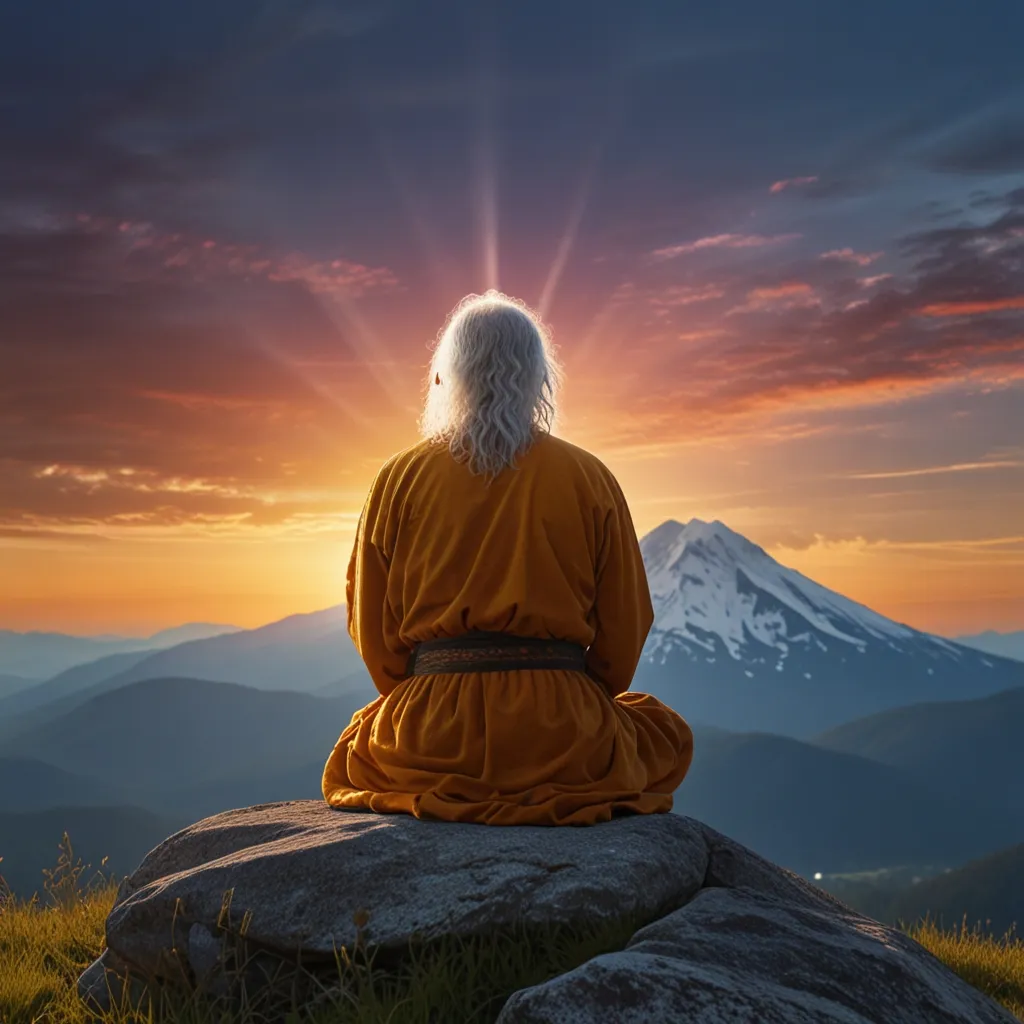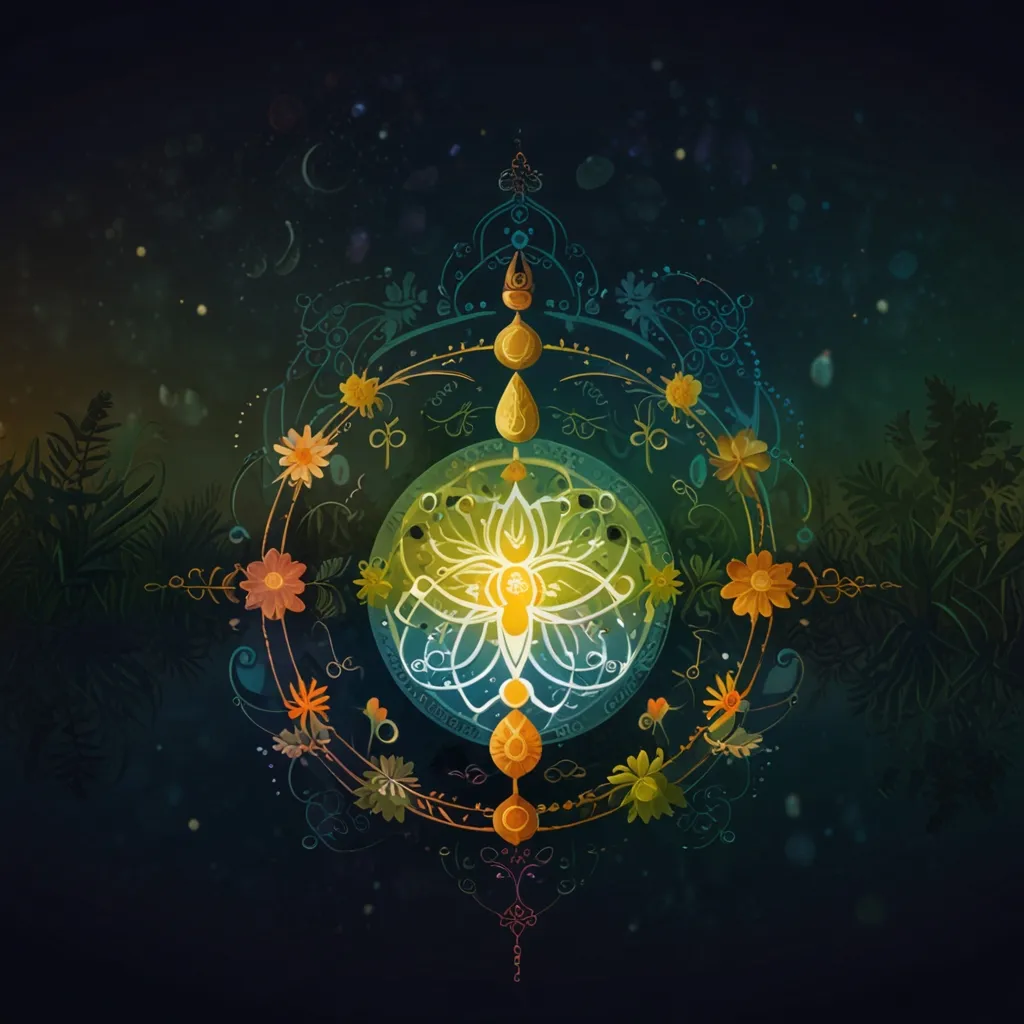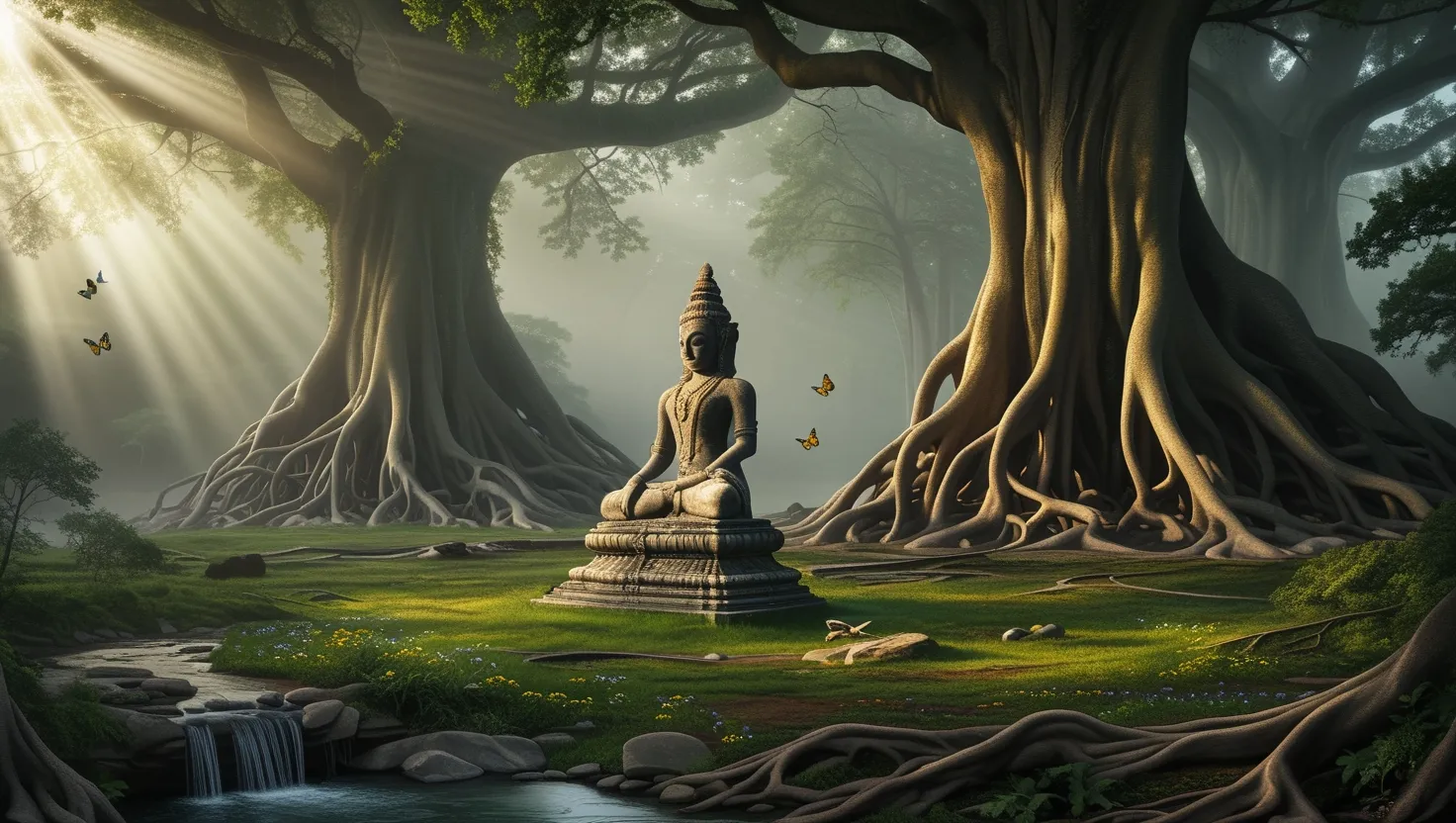In the vast and intricate tapestry of Hindu mythology, there exists a figure who, though often overshadowed by the more prominent deities, holds a significance that is both profound and fascinating. This is the story of Vishwakarma, the celestial architect and craftsman, whose contributions to the cosmos are as multifaceted as they are awe-inspiring.
To begin with, Vishwakarma is more than just a skilled artisan; he is the embodiment of divine creativity and the mastermind behind some of the most iconic structures and artifacts in Hindu mythology. His name, which translates to “all-doer” or “maker of all,” reflects his omnipotent role in shaping the universe. Mentioned in ancient texts such as the Rig Veda and the Puranas, Vishwakarma’s legacy spans across various epochs and realms, from the heavens to the earthly domains.
One of the most intriguing aspects of Vishwakarma is his role as the architect of the gods. He is credited with constructing the celestial abodes of deities like Indra, Shiva, and Krishna. For instance, he built Indra’s Swarga, the heavenly realm, and Lord Shiva’s abode in Mount Kailash. His craftsmanship extended to the creation of magnificent cities such as Lanka, the golden kingdom of Ravana, and Dwarka, the city of Lord Krishna, which was built on land gifted by the god of the oceans, Samudradeva.
Vishwakarma’s creations are not limited to physical structures; he is also the master craftsman behind the weapons of the gods. He fashioned the Vajra, the thunderbolt of Indra, from the bone of the sage Dadhichi, and crafted the celestial chariot for Arjuna in the Mahabharata. These weapons are not just instruments of war but symbols of divine power and the balance of the cosmos.
His relationship with other gods is equally fascinating. Vishwakarma is often described as the son of Brahma, the creator of the universe, and is related to the sun god Surya through his daughter Samjna. According to legend, when Samjna left her home due to Surya’s intense energy, Vishwakarma reduced this energy and used it to create various other weapons. This story highlights his ability to harness and balance cosmic forces.
In Hindu mythology, Vishwakarma is also associated with the construction of flying chariots, known as Vimanas. One of the most famous of these is the Pushpaka Vimana, built for Kubera, the god of wealth. This chariot could obey any command, moving in any direction, and was a marvel of engineering and magic.
The philosophical depth of Vishwakarma’s creations is another aspect that makes his story so compelling. His work is not just about building structures or crafting weapons; it is about creating harmony and balance in the universe. For example, the city of Lanka, though built for the demon king Ravana, was a masterpiece of architecture that reflected the cosmic order. Similarly, the weapons he created were not just tools of destruction but symbols of the divine balance that maintains the universe.
Vishwakarma’s influence extends beyond the mythological realm into the lives of ordinary people. He is the patron deity of workers, artisans, and artists, and his festival, Vishwakarma Puja, is celebrated to honor his contributions. This festival, which falls around September in the Gregorian calendar, is an occasion for craftsmen and workers to seek his blessings for skill, creativity, and success in their fields. It symbolizes the importance of innovation and excellence in craftsmanship and encourages individuals to adopt new ideas and technologies to improve their work.
The celebration of Vishwakarma Puja also underscores the sanctity of labor and the pursuit of excellence. In Hindu thought, work is not just a mundane activity but a sacred process that connects the individual to the cosmic order. By honoring Vishwakarma, people acknowledge the divine in their daily work and strive to achieve perfection in their crafts.
Understanding Vishwakarma’s legacy offers fresh perspectives on the relationship between art, science, and spirituality in Hindu thought. His teachings emphasize the integration of these seemingly disparate fields, showing how creativity and technical skill can be harmonized with spiritual principles. This integration is reflected in the tools he carries, such as the compass, hammer, and blueprint, which symbolize his mastery over various crafts and his role as the supreme architect.
In the Rig Veda, Vishwakarma is described as an all-seeing deity with eyes, faces, arms, and feet on every side, and even wings. This depiction highlights his omnipresent and omniscient nature, making him a figure who is both accessible and transcendent. He is the source of all prosperity, swift in his thoughts, and titled a seer, priest, and lord of speech.
Vishwakarma’s story also bridges the material and spiritual realms, showing how the act of creation is a sacred process. In Hindu mythology, creation is not just a physical act but a spiritual one, reflecting the deeper cosmic forces at play. By understanding this, we gain insights into how ancient seers viewed the world and their place within it.
As we delve deeper into the mystique of Vishwakarma, we find that his legacy continues to inspire artisans and creators to this day. His emphasis on the sanctity of labor and the pursuit of excellence encourages us to view our work as a form of worship, connecting us to the divine and to the cosmic order.
In conclusion, the story of Vishwakarma is a rich tapestry of creativity, craftsmanship, and cosmic design. It reminds us that even in the most mundane tasks, there lies a divine spark waiting to be ignited. By embracing this spark, we can transform our work into a form of worship, aligning ourselves with the cosmic principles that Vishwakarma so eloquently embodies. As we celebrate his legacy, we are reminded of the profound impact that one divine architect can have on the fabric of the universe and on our own lives.






